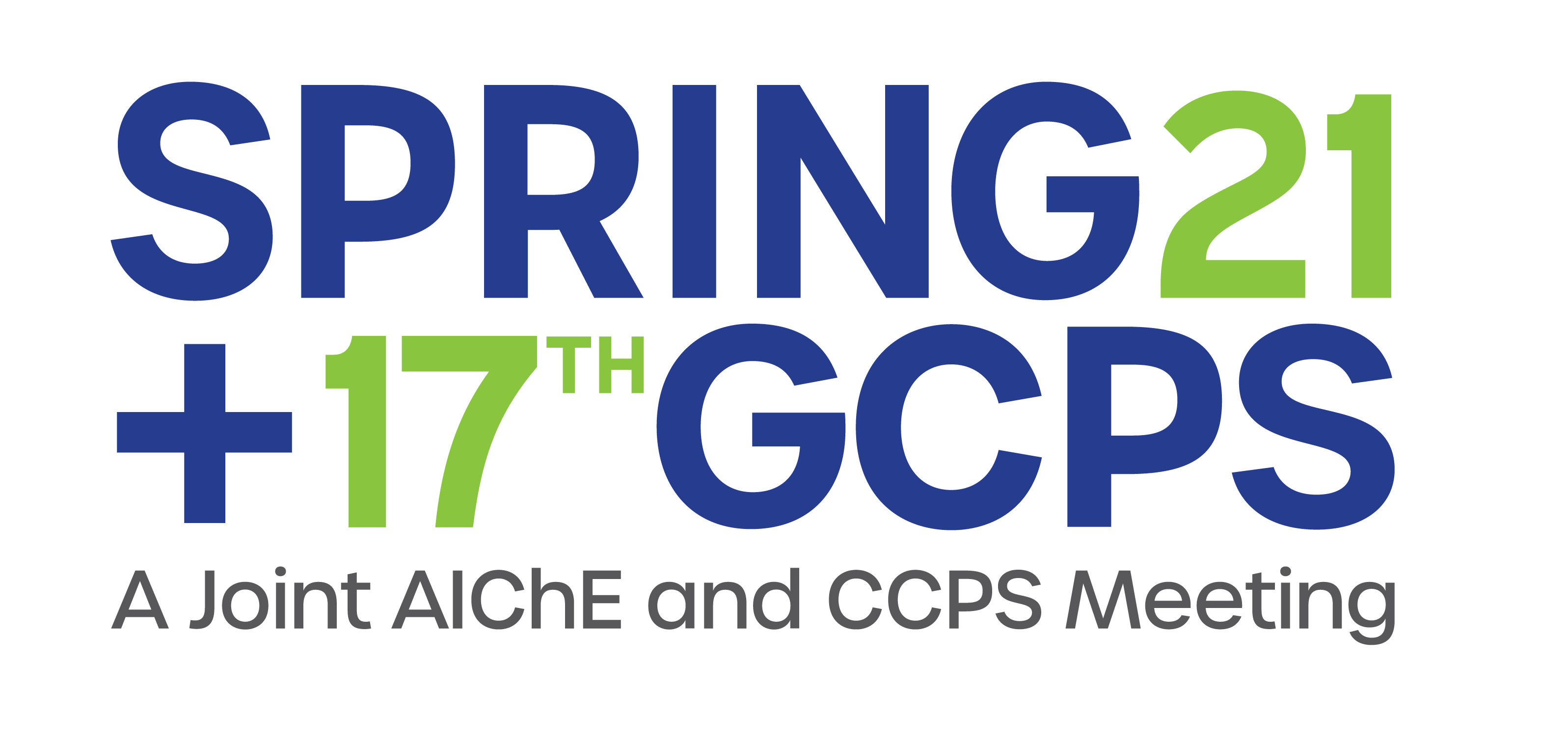

The District Cooling (DC) process requires high volumes of water to operate cooling towers (CTs). In the State of Qatar, the use of Treated Sewage Effluent (TSE) in DC processes is mandated by the government for the purpose of sustainable management of limited water resources, efficient use of resources and to reduce Greenhouse Gas (GHG) emissions. The operation of CTs generates cooling water blowdown (CWBD), which is a contaminated liquid with very high concentrations of solids and chemicals. To adopt appropriate treatment and disposal strategies of CWBD, a full characterization of this wastewater is required. Th quality of CWBD depends on many parameters, including the quality of feed and make-up streams . Hence, the work presents a full characterization and analysis of the CWBD and TSE streams, including solids concentration, hardness, alkalinity, COD, pH, EC and toxicity. In addition, a bench scale study has been used to assess impacts of CWBD constituents on TSE and sludge. The results of the analysis and characterization work can be used in future research to simulate and validate the effect of CWBD constituents on the full-scale wastewater treatment process and, ultimately estimate the permitted volumes of CWBD that can be discharged to the WWTP without affecting the treatment process performance.
Presenter(s)
Once the content has been viewed and you have attested to it, you will be able to download and print a certificate for PDH credits.
If you have already viewed this content,
please click here
to login.
